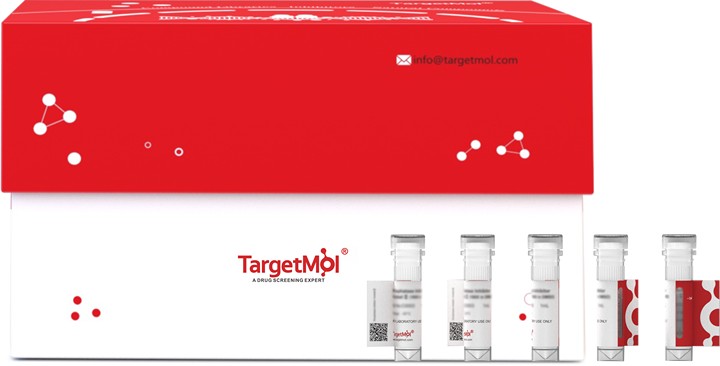Shopping Cart
- Remove All
 Your shopping cart is currently empty
Your shopping cart is currently empty

E-Selectin/CD62E Protein, Mouse, Recombinant is expressed in HEK293 Cells. The accession number is Q00690.

| Pack Size | Price | Availability | Quantity |
|---|---|---|---|
| 20 μg | $166 | 7-10 days | |
| 100 μg | $588 | 7-10 days |
| Biological Activity | Activity testing is in progress. It is theoretically active, but we cannot guarantee it. If you require protein activity, we recommend choosing the eukaryotic expression version first. |
| Description | E-Selectin/CD62E Protein, Mouse, Recombinant is expressed in HEK293 Cells. The accession number is Q00690. |
| Species | Mouse |
| Expression System | HEK293 Cells |
| Tag | Tag Free |
| Accession Number | Q00690 |
| Synonyms | Sele,LECAM2,E-selectin,ELAM-1,Elam,CD62E |
| Construction | A DNA sequence encoding the mouse Sele (NP_035475.1) (Met1-Pro564) was expressed. |
| Protein Purity | ≥ 95% as determined by SDS-PAGE. ≥ 85% as determined by SEC-HPLC. |
| Molecular Weight | 58.5 kDa (predicted) |
| Endotoxin | < 1.0 EU per μg protein as determined by the LAL method. |
| Formulation | Lyophilized from sterile PBS, pH 7.4. Please contact us for any concerns or special requirements. Normally 5 % - 8 % trehalose, mannitol and 0.01% Tween 80 are added as protectants before lyophilization. Please refer to the specific buffer information in the hardcopy of datasheet or the lot-specific COA. |
| Reconstitution | Please refer to the lot-specific COA. |
| Stability & Storage | It is recommended to store recombinant proteins at -20°C to -80°C for future use. Lyophilized powders can be stably stored for over 12 months, while liquid products can be stored for 6-12 months at -80°C. For reconstituted protein solutions, the solution can be stored at -20°C to -80°C for at least 3 months. Please avoid multiple freeze-thaw cycles and store products in aliquots. |
| Shipping | In general, Lyophilized powders are shipping with blue ice. |
| Research Background | E-selectin, also known as endothelial leukocyte adhesion molecule-1 (ELAM-1) and CD62E, is an inducible adhesion molecule that is expressed on the surfaces of stimulated vascular endothelial cells and is sometimes involved in cancer cell metastasis. E-selectin exhibits a complex mosaic structure consisting of a large extracellular region comprised of a lectin domain, an EGF-like domain, and a short consensus repeat (SCR) domain, followed by a transmembrane region and a relatively short (32 aa) cytoplasmic tail. As a member of the LEC-CAM or selectin family, E-selectin recognises and binds to sialylated carbohydrates including members of the Lewis X and Lewis A families found on monocytes, granulocytes, and T-lymphocytes. E-selectin supports rolling and stable arrest of leukocytes on activated vascular endothelium, and furthermore, it was indicated that it can also transduce an activating stimulus via the MAPK cascade into the endothelial cell during leukocyte adhesion. E-selectin regulates adhesive interactions between certain blood cells and endothelium. The soluble form of E selectin (sE-selectin) is a marker of endothelial activation, and has a potential role in the pathogenesis of cardiovascular disease as raised levels have been found in hypertension, diabetes and hyperlipidemia, although its association in established atherosclerosis disease and its value as a prognostic factor is more controversial. soluble E-selectin is inversely associated with the muscular component of the left ventricle, thereby suggesting that the lack of such a reparative factor may be associated with cardiac remodeling in end-stage renal disease (ESRD) patients. Besides, this adhesion molecule appears to be involved in the pathogenesis of atherosclerosis. |

Copyright © 2015-2025 TargetMol Chemicals Inc. All Rights Reserved.